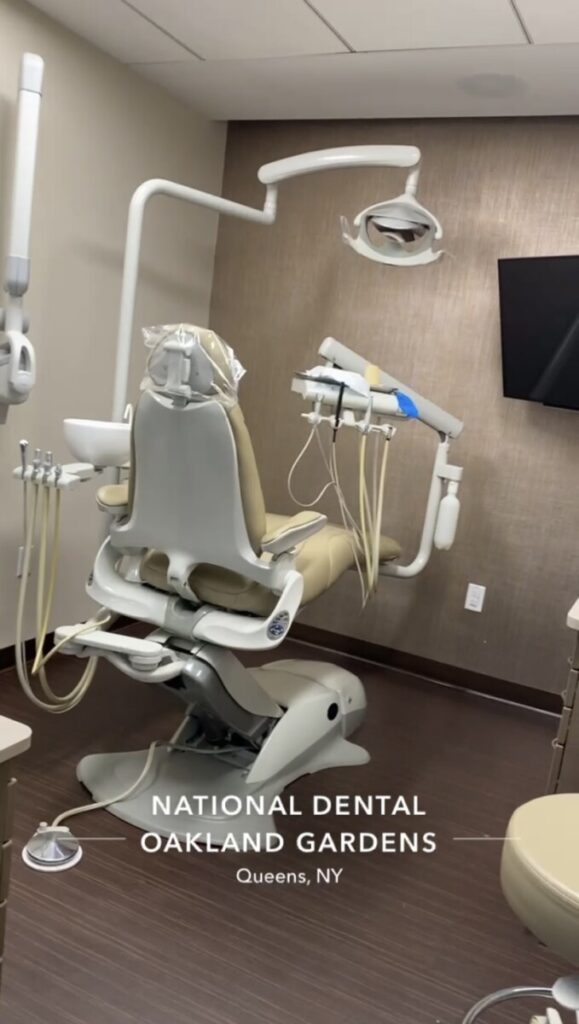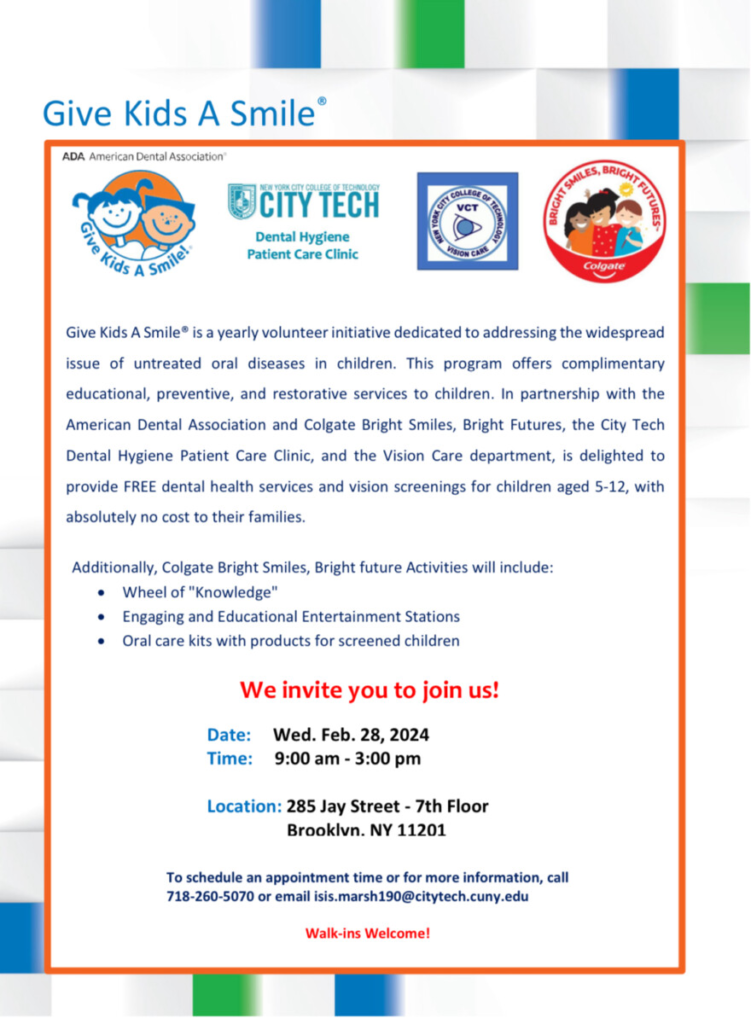This case study is about a 47 vear old Asian Female patient , who was my first ever patient. She is here for her usual 3 month recare appointment. She is a non smoker, and she falls into a ASA 2 category due to controlled systemic conditions that will be mentioned. After taking her vitals, her blood pressure did correspond with (BP: 124/89 P : 79) to Hypertension stage 1, a referral was given to the patient. This patient presents with Type II diabetes since 2018 and takes Metformin QD for it. The patient claimed she does not check her HbA1c levels on a daily basis, rather 2-3 times a week. Thus she was informed to begin taking record on a daily basis. Her doctor was also called and disclosed her recent level which was a 6.5. Her most recent medical checkup was in September of 2023 for a physical and a TLC drug screening which resulted negative. The patient was asked if she has eaten breakfast and took her medications prior to this dental hygiene appointment and confirmed. This patient did report with a diagnosed dental infection in the posterior mandible, on October of 2023 she reported pain on Maxillary left posterior region beginning a week prior and she does not know where this pain is deriving from. Her last dental visit was before Covid-19 and has not received X-rays in more than 10 years. When asked about her dental habits she claimed to Brushing twice a day with Oral B electric toothbrush using Sensodyne toothpaste , Listerine cool mint twice a day as well as Flossing. Lastly, the Patient reported that she does grind her teeth on a nightly basis and utilizes a nightguard on a nightly basis to prevent bruxism.
Summary of Clinical Findings
Extraoral/Intraoral Findings: After completing an extra oral cancer screening She presented with a Horizontal bulging or protuberance of herniated disk on posterior neck, due to a car crash several years ago. When asking the patient to open and close her jaw, she did present with bilateral crepitus that was asymptomatic. During the time of the appointment , there was a mild scratch on left upper lip near midline- red 1×1 mm, which the patient was aware of. After completing assessments intra- orally everything objective was within normal limits along with having a palatal Torus which the patient was also aware of after educating her that it is only a growth of bone that appears and is not malignant.
Dental charting:
After taking a look at her gingival status , this patient was presented with Generalized mild inflammation, Localized rolled, dark pink shiny gingiva on left mandibular posterior gingival margins and mandibular anterior linguals (#22-27). One of her molars (#3) was recently extracted as well due to sharp pain from caries. The incisal edges were also flattened due to Generalized attrition. She also presented with bilateral Class 3 occlusion and an anterior underbite which resulted In Overjet Omm Overbite 0%.
Calculus: Generalized Heavy sub gingival and supragingival calculus with brown staining in the posterior region.
Periodontal charting/ Diagnosis: After completing a periodontal assessment on this patient, she presented with Generalized Inflammation and bleeding on probing. She also presented with pockets ranging from 2-4mm with localized 5mm reading in the posterior region. There was also Class I mobility noted on #2, #26, #30. Due to these factors this patient was diagnosed as a Periodontal disease Stage I Grade B due to her radiographic evidence and also because of her Blood glucose reading. This patients CAMBRA status was also a high due to frequent snacking and taking medications that reduce salivary flow. This patient was advised to utilize the food sequencing method and to substitute high carb and sugary salty foods with more healthier options.
Dental Hygiene Care plan
OHI/PI: This patient reported to use the Horizontal brushing method with a Electric toothbrush so I introduced the Modified Bass brushing method and made it clear to angulate the bristles at a 45 degree angle so that the bristles can disturb any calculus or plaque bacteria formation that is occurring underneath the gums which is causing her gingival inflammation. I demonstrated it in her mouth first In order for her to have a gingival muscle memory so when she goes home to do it herself – he will remember how it feels. Then this patient tried it on her own while I was holding the handheld mirror to her and she immediately felt the difference and observed the disappearance of the disclosing solution that I had previously used on her. She was pleased with the new way of brushing. I also recommended my patient to use a non alcohol Listerine due to her slightly dry mouth and recommended her Crest Pro Health alcohol free mouthwash instead. After completing all assessments, I decided that it would be best for my patient to take 4VBW to better capture her bone levels and to have radiographic evaluation of her condition, also to take a look at why she is experiencing pain in her upper left region. After taking her radiographs it was seen that she had a overcontoured crown on #18, 30, so she was given a referral for that. She also radiographically presented with Generalized horizontal bone loss is about 15-33% which indicates a Stage 1. To complete treatment required only one visit. it would consist of SRP with ultrasonic scaler and hand scaling the whole mouth followed by engine polishing with fine prophy paste, concluding the visit with 5% sodium fluoride varnish. A referral was also given for her HTN and dental evaluation of several overhang crowns, along with evaluating the upper right quadrant for her pain.
Discussion/ Evaluation
Managing a patient with both diabetes and periodontal disease requires a enhanced approach that addresses the bidirectional relationship between these conditions. Emphasizing meticulous oral hygiene, controlling blood sugar levels, and implementing periodontal treatments are key components of management. Patient education plays a crucial role in empowering individuals to prioritize oral hygiene and diabetes management. Regular monitoring and follow-up appointments ensure treatment progress and overall well-being. Collaboration between dental and medical professionals is essential for optimal outcomes in patients with diabetes and periodontal disease.







